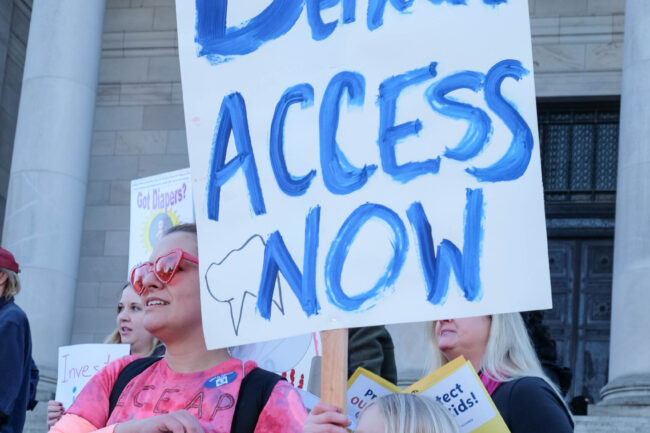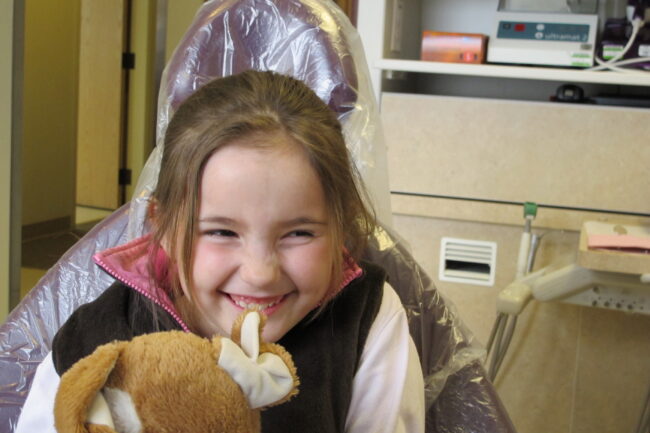Minimally-Invasive Care
Why minimally-invasive care is critical to health justice
Minimally-invasive care (MIC) offers ways to protect and improve oral health — while giving people options about the care they want to receive.
What is “minimally-invasive” care?
Minimally-Invasive Care (MIC) is effective oral health care that’s less complex than what most people are used to. When people think of dental care, they most often imagine “traditional” dental procedures like drilling and filling cavities, root canals, pulling teeth, and getting dentures (or other dental prosthetics). These services are typically provided in a dentist’s office or an operating room. While these can be necessary procedures, less invasive care may be an available and effective alternative.
It’s often possible to catch and treat dental problems early through non-surgical options. Minimally-invasive care (MIC) procedures include topical medicines that can prevent or treat cavities, as well as other alternatives to drilling and filling, and even prescription products that can be bought over the counter.
MIC can be provided in a variety of health care or community settings, like primary care offices, nursing homes, schools, and health fairs. It can also be offered by medical providers like pediatricians and nurses, oral health providers like dental therapists and hygienists, as well as pharmacists and community health workers.
Why does it matter?
Improving access to dental care — especially care that is patient directed and equitably accessible— is key to health equity. The dental care system in the US, like the overall health care system, is steeped in inequities. People of color, Tribal communities, people with disabilities, LGBTQ+ people, and other systemically excluded groups face steeper access to care barriers and worse oral health outcomes as a result. One reason for this is that people rarely get a choice in the type of dental care they receive.
For most people, dental care consists of being in a dentist’s office or clinic and receiving “traditional” dental procedures, like drilling and filling cavities, root canals, and pulling teeth, at the direction of their provider. Black patients, in particular, are more likely to receive recommendations for invasive treatment rather than services that could allow them to keep their teeth and prevent tooth decay in the future.
Minimally-invasive care (MIC) can help treat oral health problems early, before more invasive, painful, and costly care is needed. It also allows patients to have a choice in the care they receive, improving patient experience and interrupting implicit bias.
Key resources
Minimally-Invasive Care: Policy Opportunities to Improve Dental Care Access and Affordability — Brief
Toward Patient-Centered Oral Health — Brief
Adopting Oral Health Integration to Advance Minimally-Invasive Care — Brief
Minimally-invasive Care and a Representative Oral Health Workforce — Brief
Additional Resources

Achieving Oral Health Equity Through Comprehensive Dental Coverage
Minimally-Invasive Care and a Representative Workforce
Adopting Oral Health Integration to Advance Minimally-Invasive Care

Toward Patient-Centered Oral Health
